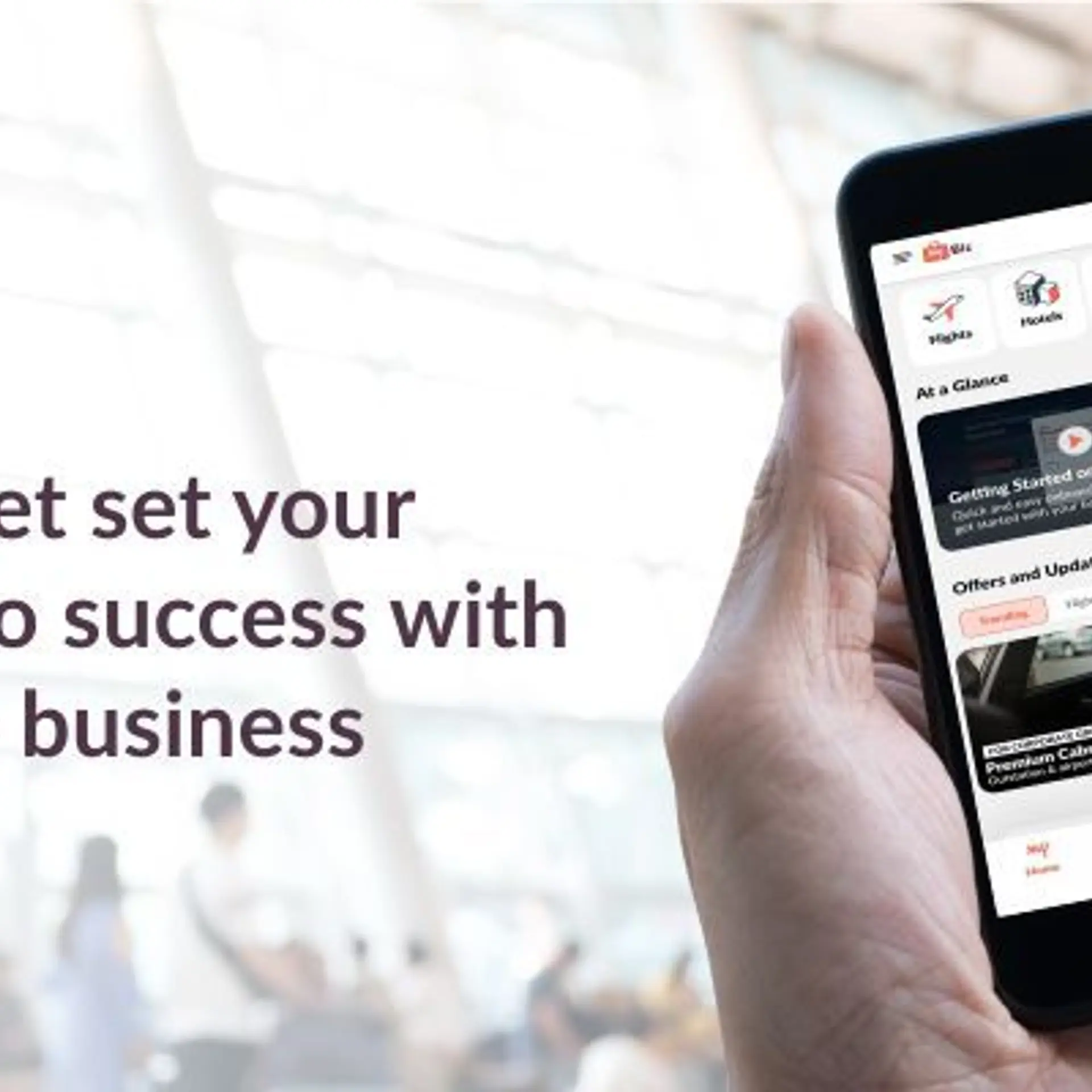UNESCO Mobile Learning Week: innovation showcases (II)

In an earlier column we looked at the first set of innovation showcases at UNESCO’s annual Mobile Learning Week (MLW) conference and exhibition in Paris.The discussion at the conference surfaced a number of interesting debates and concerns which we will delve into in more detail in the next column – such as assessment of mobile learning impacts, sustainability of numerous pilot projects and emerging opportunities for learnings sharing via open data.
The second set of showcases featured over 20 products, startups and resources, which I have clustered into the following four key categories.
I. Classroom technologies
A number of emerging offerings integrate a range of technologies for the mobile-enabled classroom – such as processors, projectors, routers and solar energy panels. These include SK Telecom from South Korea, which offers a range of ‘appcessories’ such as the SmartBeam pocket projector, a smartphone-based robot and WiFi Audio.
The Commonwealth of Learning has rolled out the APTUS Classroom Without Walls, an integrated toolkit for $100 which includes a mini PC, router and solar charger. A team from Ireland has also developed School in a Box which includes a solar-powered iPad and battery pack for emerging economies with unreliable electricity grids. The MillenniumEdu consortium has rolled out ruggedised laptops and tablets with educational content.
II. Curated content
With the huge explosion of educational content in forms such as apps, a new category of intermediaries has emerged to ‘curate’ the content and provide rankings as well as acceptable-use certification. In the UK, the Educational App Store showcases apps certified for the UK educational system. BrainPop offers curated animations for children’s games in English and Spanish.
III. Cloud and analytics
The ‘fourth generation’ of ICTs for education (after CBT, elearning and mlearning) includes cloud-based infrastructure, big data and analytics. For example, Quipper School offers cloud-based content such as quizzes for schools in the UK, Japan, Philippines and the US. Tangerine digs into digital classroom settings and extracts data which can be crunched for education assessment, still a gray area in mlearning.
IV. Digital content
The biggest action seems to be in creating original content for mlearning, or re-purposing existing content from other media into the mobile form factor. For example, OpenPath targets place-based learning -- educational resources from tours, exhibits and special events.
Global publishers such as Houghton Mifflin Harcourt are re-purposing some of their print content into educational offerings on mobiles, via alliances with operators such as South Korea’s SK Telecom. Interesting apps to watch are MoToLi Mother Tongue Literacy, an app to teach reading using phonics pedagogy in local languages, and Savivo educational games for children to learn English language and storytelling skills.
GraphoGame also offers computer games to enhance language learning, and TESS India (Teacher Education through School-based Support in India) gives access to OER resources for the India market.
A number of research reports by UNESCO on mobile learning were unveiled at MLW 2014 (eg. on mobile reading to reduce illiteracy), as well as by other agencies (Mobiles for Youth Workforce Development; Increasing Access through Mobile Learning).
Chinese schools such as Beijing Royal School are enthusiastic champions of mobile learning, and Thailand government policy is extending the concept of ‘One Laptop Per Child’ to ‘One Tablet Per Child.'
For more insights into the field of mlearning, check out the Websites of the Global e-Schools and Communications Initiative and the m-Schools programme.







